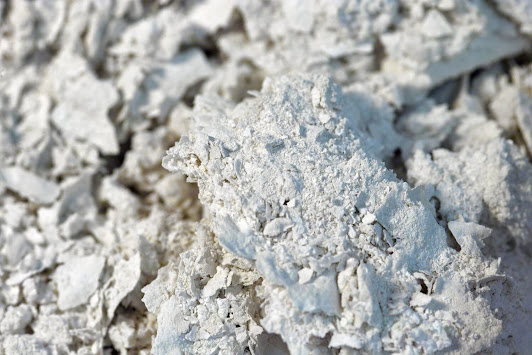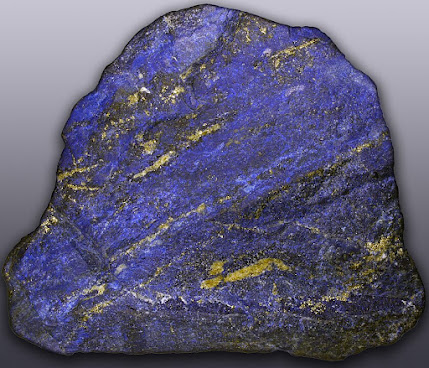The Weird History and Chemistry of Lead White
Introduction:
Lead white, a pigment with a history nearly as long as civilization itself, has played a significant role in the artistic landscape for millennia. This blog post delves into the origins, properties, artistic applications, and cultural significance of lead white, exploring its enduring appeal and the complexities surrounding its use.
Uncovering the Origins and History:
Lead white boasts ancient origins, dating back to Egyptian and Greek civilizations who used it for cosmetic and artistic purposes. It can be made or found naturally as the mineral, cerussite.
The "Dutch process" for producing lead white emerged in the Middle Ages, becoming the dominant method for centuries. The methods of making it have varied in the specifics and little intricacies, but it involves exposing metallic lead to acetic acid (vinegar) and its fumes. The lead will react and form a white crust, which is lead white.
Renowned for its brilliance and opacity, lead white became a mainstay in classical art, religious iconography, and portraiture, adorning the works of masters like Rembrandt and Vermeer.
Chemical Composition and Properties:
Lead white primarily consists of lead carbonate 2PbCO3·Pb(OH)2, a chemical compound known for its exceptional properties. Its opacity allows it to effectively cover underlying layers, while its brilliance adds radiance and depth to colors.
However, it’s crucial to acknowledge lead white's toxicity. Lead exposure can pose significant health risks and has caused harm to many in the past as well as those still alive today.
Artistic Applications and Techniques:
Lead white's versatility made it a favorite among artists. It was used in various techniques, from creating crisp highlights and subtle tonal gradients to layering glazes for luminous effects. Artists like Vermeer famously employed lead white in their "impasto" technique, resulting in the distinctive, textured appearance of their paintings.
Cultural Significance and Symbolism:
Beyond its artistic merits, lead white held cultural significance. In religious art, its association with purity and light often represented spiritual enlightenment and divine figures. Conversely, its association with luxury and societal status led to its prominent use in portraits.
Lead white was also used and sold as a cosmetic skin whitener. One of the names was Venetian Ceruse and was quite popular with European aristocracy. Although, using lead carbonate as a cosmetic has existed since the Ancient Greeks, as shown below with moulded tablets.
Conservation and Ethical Considerations:
The passage of time presents challenges to artworks containing lead white. Its susceptibility to darkening necessitates careful conservation efforts. Lead white is a surprisingly stable pigment, except for when it comes into contact with hydrogen sulfides in the air. Unfortunately, hydrogen sulfide is emitted by gas lamps, which were common in the 1800s, so many works with lead white turned a dark black.
Above is a section of a Byzantine illuminated manuscript from around 1220. It is and was stored in the British Library, where they used gas lamps. Lead white is relatively stable in oil mediums, but is much more susceptible in water color or on paper.Ethically, conservators must balance preserving artistic integrity with minimizing health risks associated with lead exposure. Thankfully, alternative pigments and modern conservation techniques are continually being developed.
Modern Applications and Health Concerns:
While lead white usage has significantly declined due to its toxicity, it’s still utilized in specific circumstances, like historical restoration. Regulations and safety precautions are crucial to minimize health risks. Safer alternatives are increasingly sought after for both modern art creation and conservation. Lead white is banned in many countries due to its toxicity.
Some places still sell the pigment as Cremnitz white, but these companies are dwindling as countries pass regulations to further restrict the making and selling of lead white. Also, Cremnitz white is a completely different color from lead white and the original pigment hasn't been made since 1938.
Conclusion:
Lead white's legacy in art history is undeniable. Its enduring appeal lies in its unique properties and contributions to iconic artworks. However, the complexities surrounding its toxicity necessitate responsible usage, awareness of ethical considerations, and exploration of safer alternatives.
As we move forward, understanding and appreciating lead white's history is crucial for preserving artistic heritage and ensuring the safety of artists, conservators, and the public.






.jpg)


Comments
Post a Comment